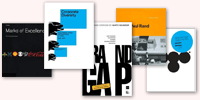
Opinion BY Armin
Can you C me Now?
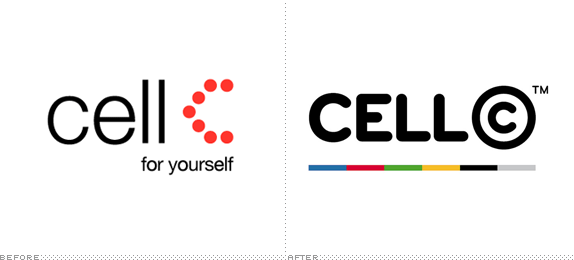
Launched in 2001, Cell C is the third — both in terms of introduction date and market share — cellular service provider in South Africa behind Vodacom and MTN. No one likes to be in third place, so Cell C is pushing forward to gain some momentum with a new identity and a feisty new spokesman.
Continue reading this entry

DATE: Aug.16.2010 POSTED BY: Armin
POSTED BY: Armin CATEGORY: Telecom
CATEGORY: Telecom  COMMENTS:
COMMENTS:

TAGS:

Opinion BY Armin
Spoiler Alert: The P and G are the Same
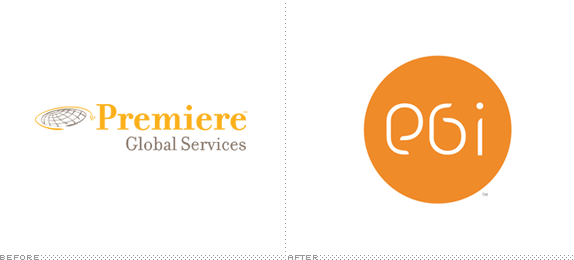
One of the things that never ceases to amaze me of writing Brand New reviews is learning about all these multi-thousand-employee organizations that I never knew existed, and if I knew they existed I never quite would have pinpointed what they do. Case in point: PGi. Formerly known, since 1991 and until this past January, as Premiere Global Services, a 2,700-employee organization with offices in 24 countries, whose “advanced meeting, conferencing and collaboration solutions energize people and organizations to connect more meaningfully and work together more productively.” PGI’s services are reportedly used by 90% of the Fortune 500 and by 10 million people every month. So, new name, new logo.
Continue reading this entry

DATE: Apr.27.2010 POSTED BY: Armin
POSTED BY: Armin CATEGORY: Telecom
CATEGORY: Telecom  COMMENTS:
COMMENTS:

TAGS: logo, orange, pgi, segura inc, wordmark,

Opinion BY Armin
Pebble as Metaphor for Directory

The last time I looked through a Yellow Pages directory was probably 10 years ago and I believe I am not exaggerating. During those years I may have used their online version, but it was a rather obnoxious experience. These days, when anything is so simply findable through Google, the moment the Yellow Pages directory gets placed on our doorstep it goes straight into the recycling bin. I am not naive enough to think that nobody uses Yellow Pages anymore, but I’m surprised it has survived over other newspapers and magazines who haven’t been so lucky and I’m even more surprised that Yellow Pages keeps pushing online, where it faces stiff competition. Canada’s Yellow Pages — producing directories since 1908 and now a 2,300-employee operation — is embracing this shift head-on and has redesigned its identity to reflect its focus on both printed and online directories.
Continue reading this entry

DATE: Apr.15.2010 POSTED BY: Armin
POSTED BY: Armin CATEGORY: Telecom
CATEGORY: Telecom  COMMENTS:
COMMENTS:

TAGS:

Opinion BY Armin
AT&T Rethinks its Position
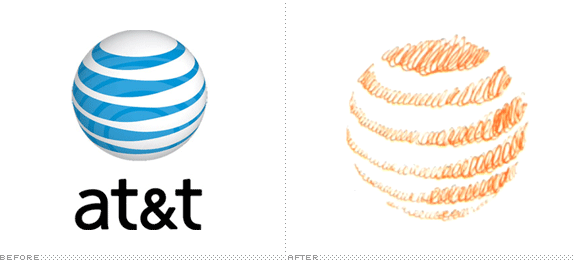
It was such a long time ago when AT&T ditched its original Saul Bass logo that the discussion about it happened not on Brand New, but on Speak Up. In 2005. One year before the launch of Brand New and, also of importance, nearly two years before the iPhone launch. All this to say: Has it really been that long? But also: Didn’t this happen, like, yesterday? Either way, a lot has changed for AT&T, having risen as the heaven where the iPhone lives to also being the hell where the iPhone dies in the clogged lines of its 3G network with all of its hope placed in the hands of Luke Wilson. No more. Yesterday, AT&T launched a new brand campaign that introduces the theme of “Rethink Possible” and tries to do what few other companies — like Nike, Target and Apple — can, drop the name from the logo.
Continue reading this entry

DATE: Apr.09.2010 POSTED BY: Armin
POSTED BY: Armin CATEGORY: Telecom
CATEGORY: Telecom  COMMENTS:
COMMENTS:

TAGS:

Opinion BY Armin
Public: By the Public, for the Public
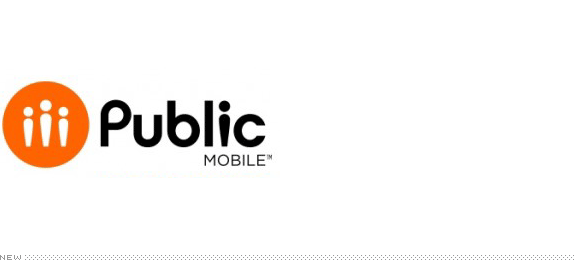
Launched this past March, Public Mobile is the fifth mobile provider to set up shop in Canada, a country on a stronghold of its three biggest carriers, Rogers, Bell, and Telus. (In January we reported on Wind, the fourth carrier to enter the market.) Public Mobile offers a simple deal: For $40 you can talk and text all you want. That is, as long as you live in the provinces of Ontario and Quebec where it is able to provide service which, granted, are the most populous of Canada, but still a few thousand miles short of nationwide coverage. Nonetheless, Public Mobile is setting itself up as the carrier of the people both in its name and in its branding.
Continue reading this entry

DATE: Apr.06.2010 POSTED BY: Armin
POSTED BY: Armin CATEGORY: Telecom
CATEGORY: Telecom  COMMENTS:
COMMENTS:

TAGS:

INTL. REVIEW BY Dado Queiroz POSTED BY Brand New
Flat goes the NET
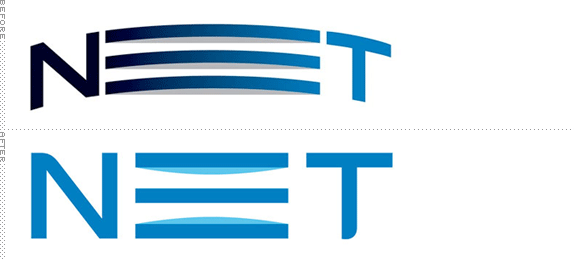
Brazilian NET is the biggest cable based multi services company in Latin America, providing cable TV service to more than 3 million customers and broadband internet to more than 2.5 million. Controlled by media giant Globo (the 3rd biggest privately owned broadcaster in the world, after CBS and NBC and whose logo was previously reviewed on Brand New), NET began as a cable TV provider in 1991, to later offer also internet access and VoIP services. Recently, a new NET logo was released, with almost no noise about it — perhaps a symptom of the overall neglect that logo design is still treated with in Brazil.
Continue reading this entry

DATE: Mar.30.2010 POSTED BY: Brand New
POSTED BY: Brand New CATEGORY: Telecom
CATEGORY: Telecom  COMMENTS:
COMMENTS:

TAGS:

INTL. REVIEW BY Kevin Hagen POSTED BY Brand New
A Whole Lot of Happy
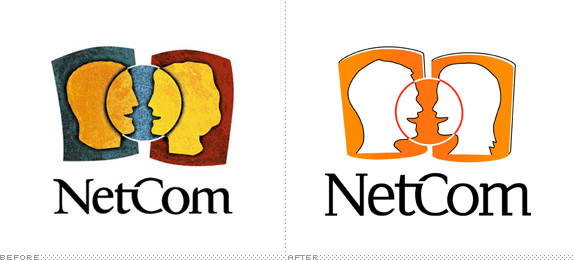
Netcom is the second biggest, as well as the first privately established, mobile operator in Norway (the phone company up to that point was government owned and operated). Established in 1989 and active since 1993, they have been largely responsible for the growth of the mobile market in Norway. Netcom is also responsible for the introduction of the iPhone in Norway. Last week NetCom released a new updated identity done by McCann-owned Scandinavian Design Group (SDG).
Continue reading this entry

DATE: Mar.26.2010 POSTED BY: Brand New
POSTED BY: Brand New CATEGORY: Telecom
CATEGORY: Telecom  COMMENTS:
COMMENTS:

TAGS:

Opinion BY Armin
Comcast! You’ve got some Xplainin’ to do!
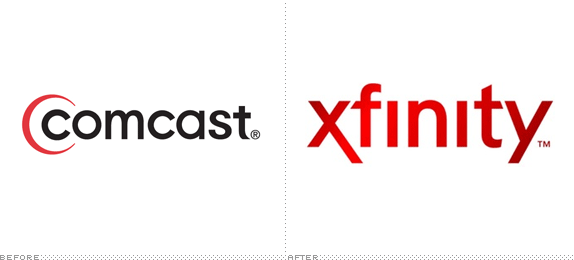
Based in Philadelphia, with approximately 100,000 employees worldwide, Comcast is the largest provider of cable, internet and digital phone in the United States with 23.6 million, 15.9 million, and 7.6 million customers respectively. To add to its media influence, this past December, Comcast became the majority owner of NBC Universal with a 51% stake in the company in partnership with GE, who owns the other 49%. Comcast also owns television networks like E! Entertainment, the Golf Channel and Sprouts. With a diversifying range of businesses, the parent company, Comcast Corporation announced last week that it would rebrand its consumer services — cable, internet, and digital phone — to XFINITY. All caps. The three services will now be called XFINITY TV, XFINITY Voice and XFINITY Internet, and will begin to be rolled out this week in eleven markets, with the name and identity appearing in advertising, uniforms, trucks and on the cable user interface.
Continue reading this entry

DATE: Feb.08.2010 POSTED BY: Armin
POSTED BY: Armin CATEGORY: Telecom
CATEGORY: Telecom  COMMENTS:
COMMENTS:

TAGS:

INTL. REVIEW BY Valentine Makhouleen POSTED BY Brand New
New Mobile Provider Blows into Canada
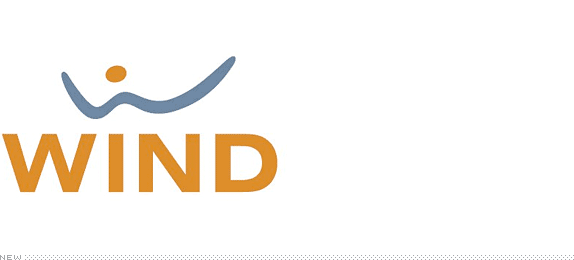
WIND, the first new mobile service provider to enter the Canadian market in ten years, launched in Toronto and Calgary in December of 2009 and was expected to provide fresh competition in the Canadian wireless market by offering low-cost plans and services as an alternative to Bell Mobility, Telus and Rogers Wireless which have dominated the Canadian market for decades. Canadians have long complained of high cellphone bills in comparison to much of the world and many consumers were expecting WIND to make a dent in mobile service prices by introducing low rates and forcing competitors to follow suit, but it doesn’t seem like to be the case so far.
Continue reading this entry

DATE: Jan.26.2010 POSTED BY: Brand New
POSTED BY: Brand New CATEGORY: Telecom
CATEGORY: Telecom  COMMENTS:
COMMENTS:

TAGS:

Opinion BY Armin
To Batelco and Beyond
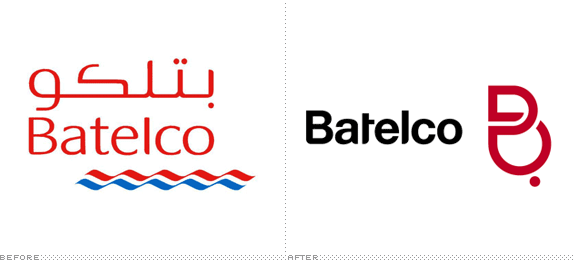
First established in 1981, Batelco (short for Bahrain Telecommunications Company), has grown to be the biggest provider of internet, mobile and telephone services in Bahrain, partly because until recently it was a monopoly, but now that two more mobile competitors are in place, Batelco needed to update its identity. Originally designed by Landor in 2003, the new identity has been designed by Futurebrand.
Continue reading this entry

DATE: Jan.05.2010 POSTED BY: Armin
POSTED BY: Armin CATEGORY: Telecom
CATEGORY: Telecom  COMMENTS:
COMMENTS:

TAGS:
































